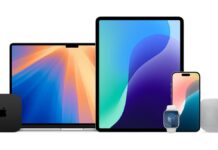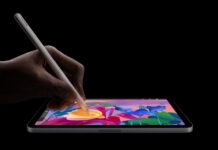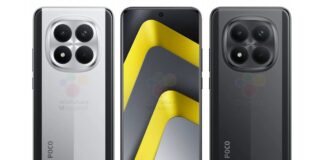Apple announced today that it will expand its self-repair and independent repair options for iPhones. You will be able to repair your iPhone with used genuine parts, which has not been possible in the past.
If a used part is genuine, it will work without any restrictions after going through a new “parts calibration” process.
You, or a repair provider independent of Apple, will be able to swap parts with those from another iPhone. Starting in the fall, “select iPhone models” will be supported. According to Apple, used genuine Apple parts will have the same functionality and security as new genuine Apple parts.
Despite Apple’s continued defense of “part pairing”, it remains “critical to preserving the privacy, security, and safety” of your iPhone. If you try to replace an iPhone part with one used in another iPhone, you will have a problem because the part was “paired” to the original iPhone it was used in. This process involves “confirming whether or not a repair part is genuine and gathering information about the part.”
Beginning this fall, Apple is capping all parts on-device once they are installed. Enabling even the reuse of parts, like biometric sensors used for Face ID and Touch ID. Customers and service providers will no longer need to provide a device’s serial number when ordering parts that do not require the replacement of the logic board in future iPhones.
To prevent stolen iPhones from being disassembled for parts, Apple is also extending Activation Lock to iPhone parts. When a device under repair detects that a supported part was obtained from a phone with Activation Lock or Lost Mode enabled calibration for that part will be restricted.
Last but not least, Apple boasts about the uniqueness of its Parts and Service history, feature found in Settings on iOS. This gives second or third owners of iPhones access to complete part and repair histories. As of this fall, Parts and Service history will also display whether a part is new or used.







